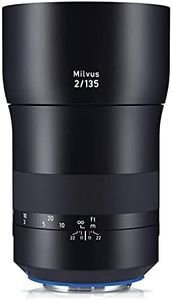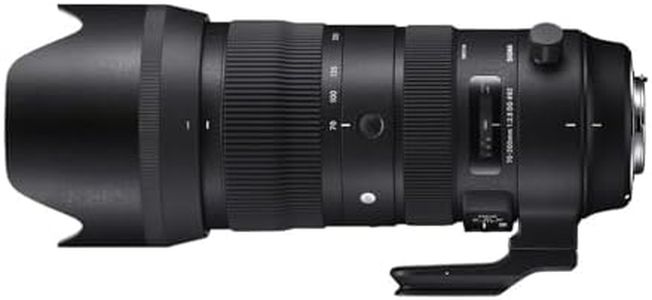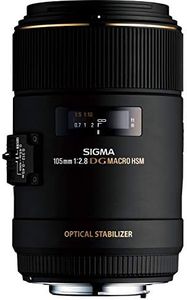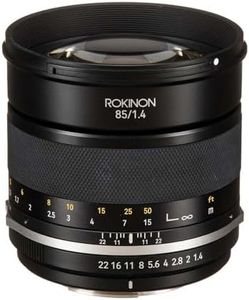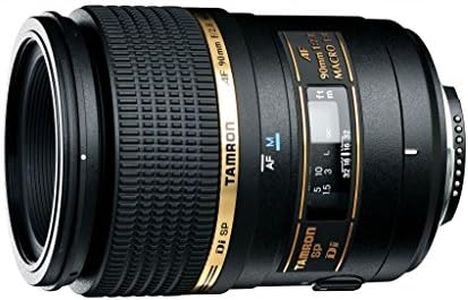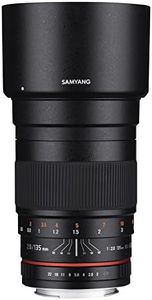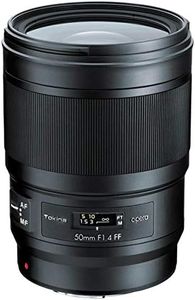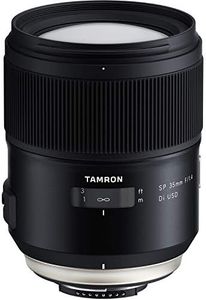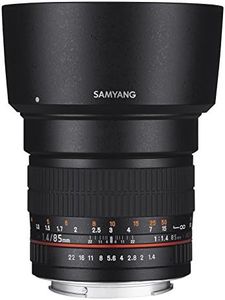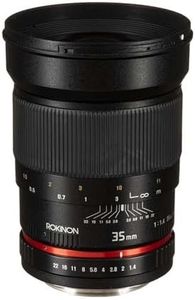We Use CookiesWe use cookies to enhance the security, performance,
functionality and for analytical and promotional activities. By continuing to browse this site you
are agreeing to our privacy policy
10 Best Canon Lenses For Portraits
From leading brands and best sellers available on the web.Buying Guide for the Best Canon Lenses For Portraits
Choosing the right lens for portrait photography is crucial because it can dramatically affect the look and feel of your photos. When picking a Canon lens for portraits, you should think about how you want to frame your subject, the type of background blur you prefer, and what kind of images you want to create – whether they’re classic headshots, environmental portraits, or creative close-ups. Understanding the key specs will help you find a lens that fits your style and needs.Focal LengthThe focal length of a lens determines how 'zoomed in' your photos will look and how much of the background shows up behind your subject. For portraits, classic focal lengths are between 50mm and 135mm – shorter lengths (around 35-50mm) are good for environmental portraits where you want to show more of the scene, while longer lengths (85-135mm) compress facial features and blur the background more, which is great for flattering close-up portraits. Think about your shooting space and style: if you shoot indoors or in tight spaces, a shorter focal length may work better; for more creative separation and classic portraits outdoors, a longer focal length is popular.
Maximum ApertureThe maximum aperture (like f/1.8 or f/2.8) expresses how wide the lens can open to let in light. A wider aperture (a lower number) lets you photograph in lower light and creates a blurry background, making your subject stand out. For portraits, lenses with apertures of f/1.2, f/1.4, or f/1.8 are excellent for a dreamy, soft background, while f/2.8 is also good but gives a bit more clarity in the background. If you love creamy background blur and shoot in low light, go for a wider aperture; if you prefer more background detail or sharp group photos, a narrower aperture works too.
Lens Type (Prime vs. Zoom)Lenses come in two basic types: prime (fixed focal length) and zoom (varied focal length). Prime lenses only offer one focal length but tend to provide better image quality and wider apertures, making them a favorite for portrait work. Zoom lenses are more versatile since they let you reframe without moving, but are often heavier and may have smaller maximum apertures. If you prefer moving around and want stunning subject separation and image sharpness, primes are ideal; if you want to cover more variety in your shots without swapping lenses, a zoom may suit your needs.
Image StabilizationImage stabilization helps reduce blur from camera shake—especially useful if you shoot handheld and in lower light. Not all portrait lenses have this feature, but it’s helpful if you take photos without a tripod or in dark spaces. If you know you shoot at slow shutter speeds or in dim environments, consider a lens with stabilization; for studio or controlled settings with tripod use, this may be less crucial.
Autofocus PerformanceQuick and accurate autofocus makes it easier to get sharp portraits, especially with moving subjects or small children. Some lenses focus faster and quieter than others. If you often photograph active people, events, or like to work quickly, make sure the lens you choose is known for reliable autofocus; for calm, posed portraits, autofocus speed is less critical.


